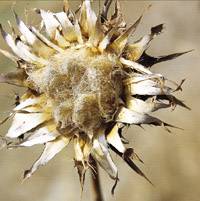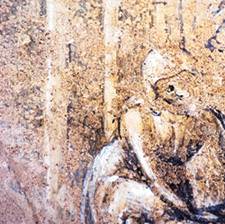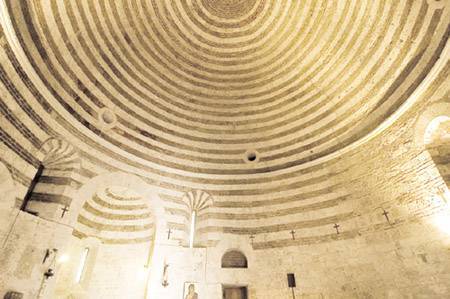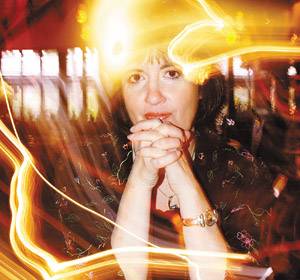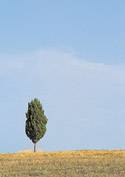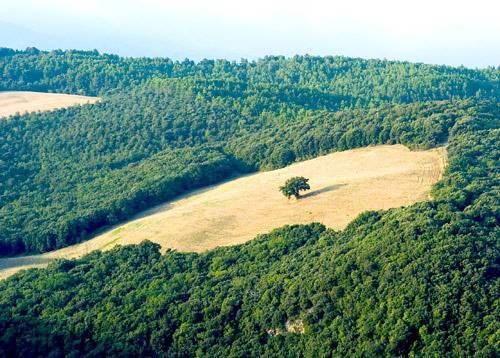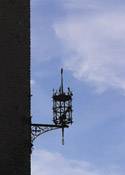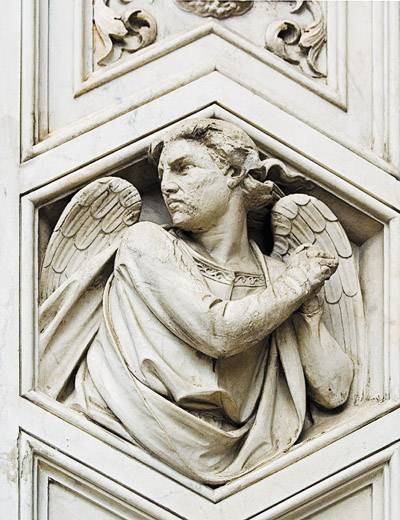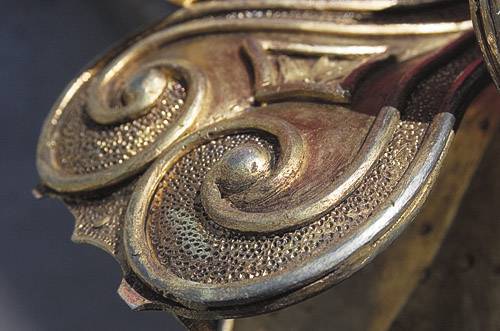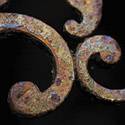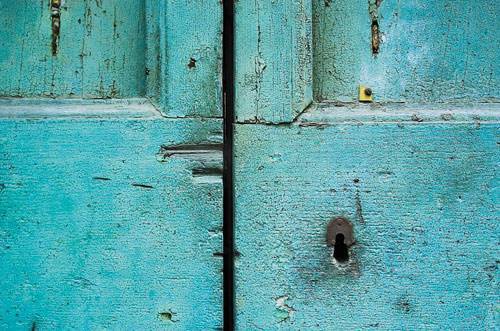Using a Flash Effectively
| A flash is one of those features that is either indispensable or infuriating, depending on your experience level and the quality of your equipment. Whatever your current disposition, it's important to know how to use your flash effectively across the entire spectrum of shooting scenarios. Most consumer cameras come with a built-in flash, which places a restriction on how it can be used to illuminate an image. Higher-end prosumer and professional cameras offer the option of using an off-camera flash to boost the illumination power and angle of the light, along with a list of other features that increase the creative options even more. This section looks at the pros and cons of the various flash options along with how to get the most out of each of them.
Making the Most of Your Camera's Built-in FlashMost built-in flash units are marginally functional and difficult to control, with the primary drawbacks being flash coverage and the placement and direction of the light. The flash coverage determines how far the light goes and how well it illuminates the subject. Most built-in flash units can light a scene within a range of 10 to 15 feet, but light coverage begins to fall off quickly after that, making it difficult to properly expose subjects that are further away. In addition, because the flash is built in and pointed directly at the subject, the light is often harsh and directional. Shoot a subject in front of a wall, and the hard shadow outline will be cast on the wall, as well as strong shadows cast by features on the subject. When shooting portraits and candid images with people, built-in flashes tend to create red-eye in subjects because of the close proximity of the light source to the lens. Although you can correct red-eye in Photoshop, doing so is an annoying additional step that emphasizes how little control you have over lighting when you use a built-in flash.
To address the harshness of the illumination and to combat red-eye, you can try to create a makeshift flash diffuser to spread the light more evenly in the scene and make it less directional. To do this, use a white, semi-translucent material, such as a loosely crumpled piece of lens cleaning tissue or even a thin piece of tissue paper. Ball up the material and place it over the flash, being careful not to cover any part of the lens. Secure it with tape if you want, or just hold it. Although the material will scatter and diffuse the light, it will also block some of it, resulting in a darker-than-expected exposure. If your camera has exposure compensation, increase the setting an f-stop or two, experimenting to get the proper light balance. In the end, this process is a poor substitute for a more advanced flash system, but I wanted to hold out some sort of option for those who might be struggling with existing equipment restrictions. Options and Settings for On-camera StrobesMoving to an external off-camera flash immediately addresses the red-eye problem while providing additional power and extended flash coverage. Off-camera flash units also feature the ability to aim the flash output vertically or horizontally to control how light is cast into the scene. The Nikon SB800 strobe I used in Tuscany has a coverage reach of 186 feet at ISO 100 and is intelligent enough to provide a wide range of lighting enhancements, from fill flash in bright light to wide angle coverage; it also can increase or decrease flash output in various increments. Similar features are common in other external flashes, although you should check the manufacturer's specifications to see exactly how the unit will perform. The SB800 flash unit also features a wireless mode that allows multiple SB800 flash units to communicate with each other without wires or cables, has flexible output and exposure locking, and allows you to modify flash output with an easy-to-understand +1/-1 feature similar to the exposure compensation feature found in most digital cameras (for more on exposure compensation, see Chapter 2). Expect many of these features to become commonplace as the digital photo market continues to mature.
Special Flash FeaturesIf you're using a digital SLR, you might find that an external flash offers a host of creative options to broaden your photographic range even further. Today's cameras support flash features for red-eye reduction using a preflash, flash exposure bracketing, and rear-curtain sync controls. Rear-curtain sync exposes the image under natural light and fires the flash at the very end of the exposure, creating an expressive result that combines a dynamic blurred image with a crisp flash image in a single frame. It's best to experiment with this feature to achieve best results because it takes some getting used to in order to anticipate how the system will record the action in the scene. In some cases, you might find that intentionally moving the camera while making the exposure creates an interesting abstract result, especially if you're shooting static subject matter. In Figure Taking the Flash Off the Hot ShoeIf you have a flash extension cable for your dSLR, or if you have an all-in-one camera that supports an external flash, you can position the flash off the camera body. The primary reason you'd want to separate the flash from the camera is to control the direction of the light even more, to create more distance between the flash and the lens (to minimize red-eye).

|
EAN: 2147483647
Pages: 141
